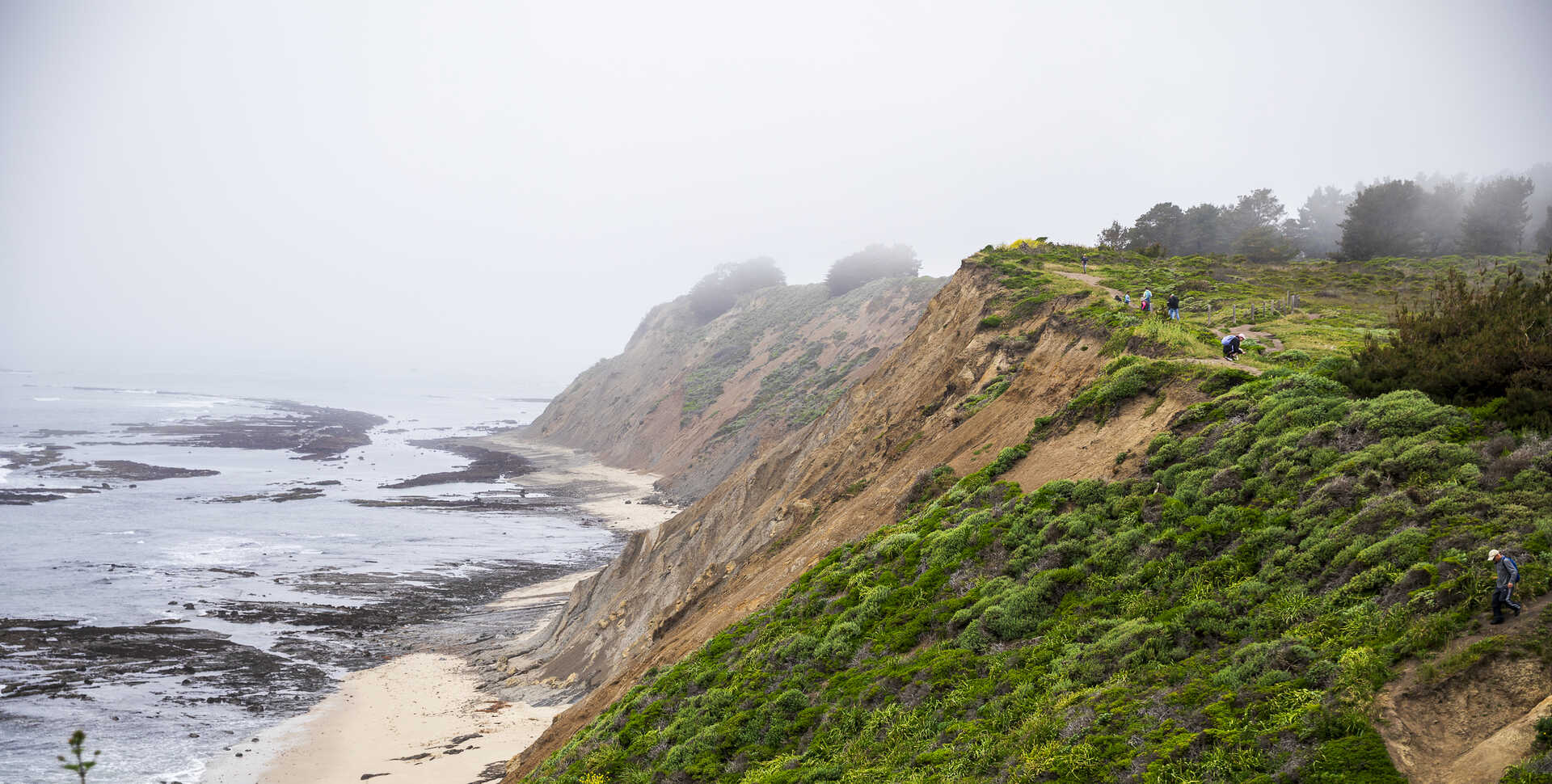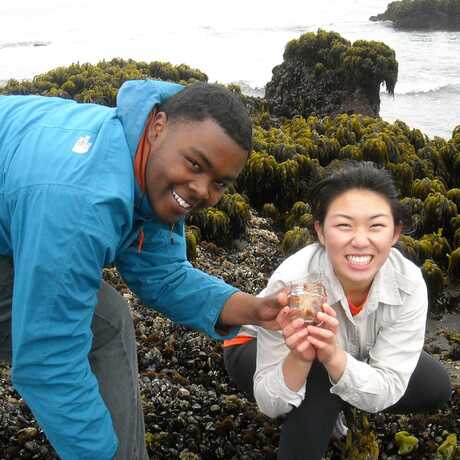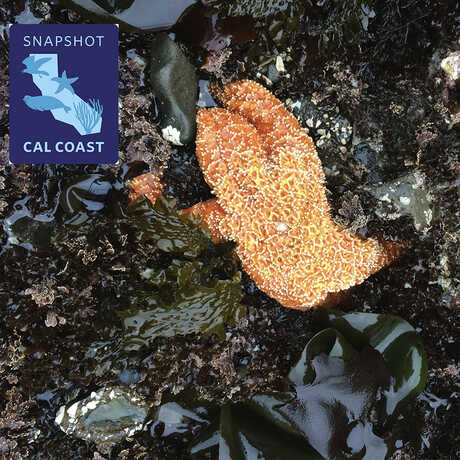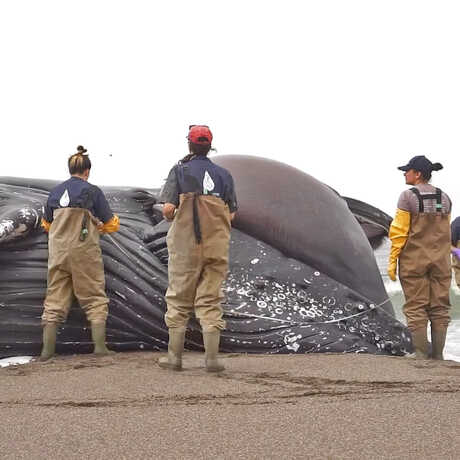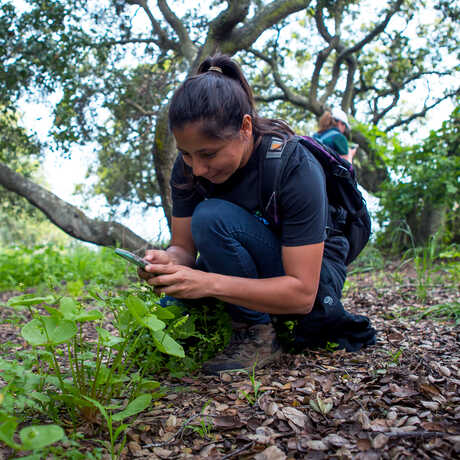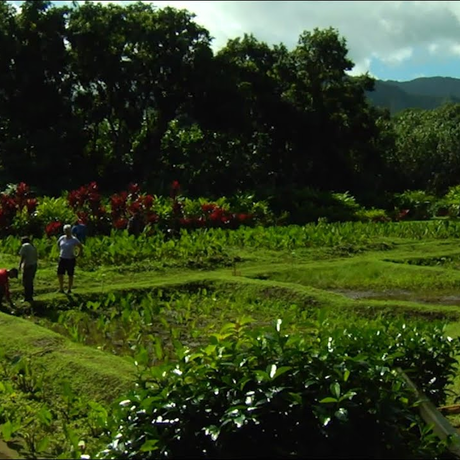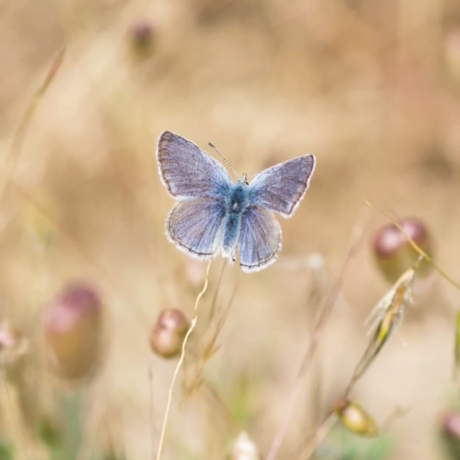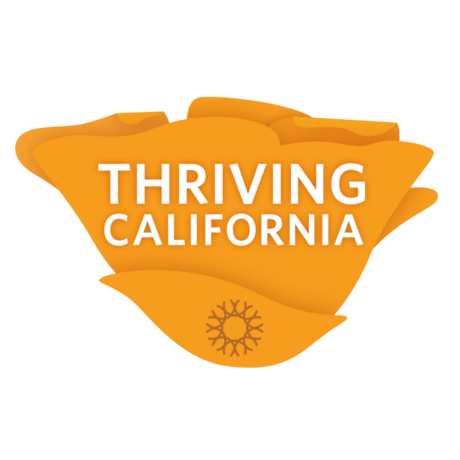
The Academy is growing a statewide movement for nature through a wide variety of activities inside and outside our museum walls, including a new California exhibit, California: State of Nature; digitizing our 1 million plant specimens from California; and building an early warning system using community science observations to track coastal health and prioritize conservation efforts.
